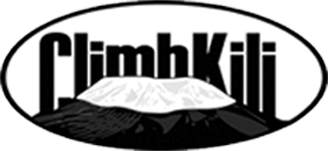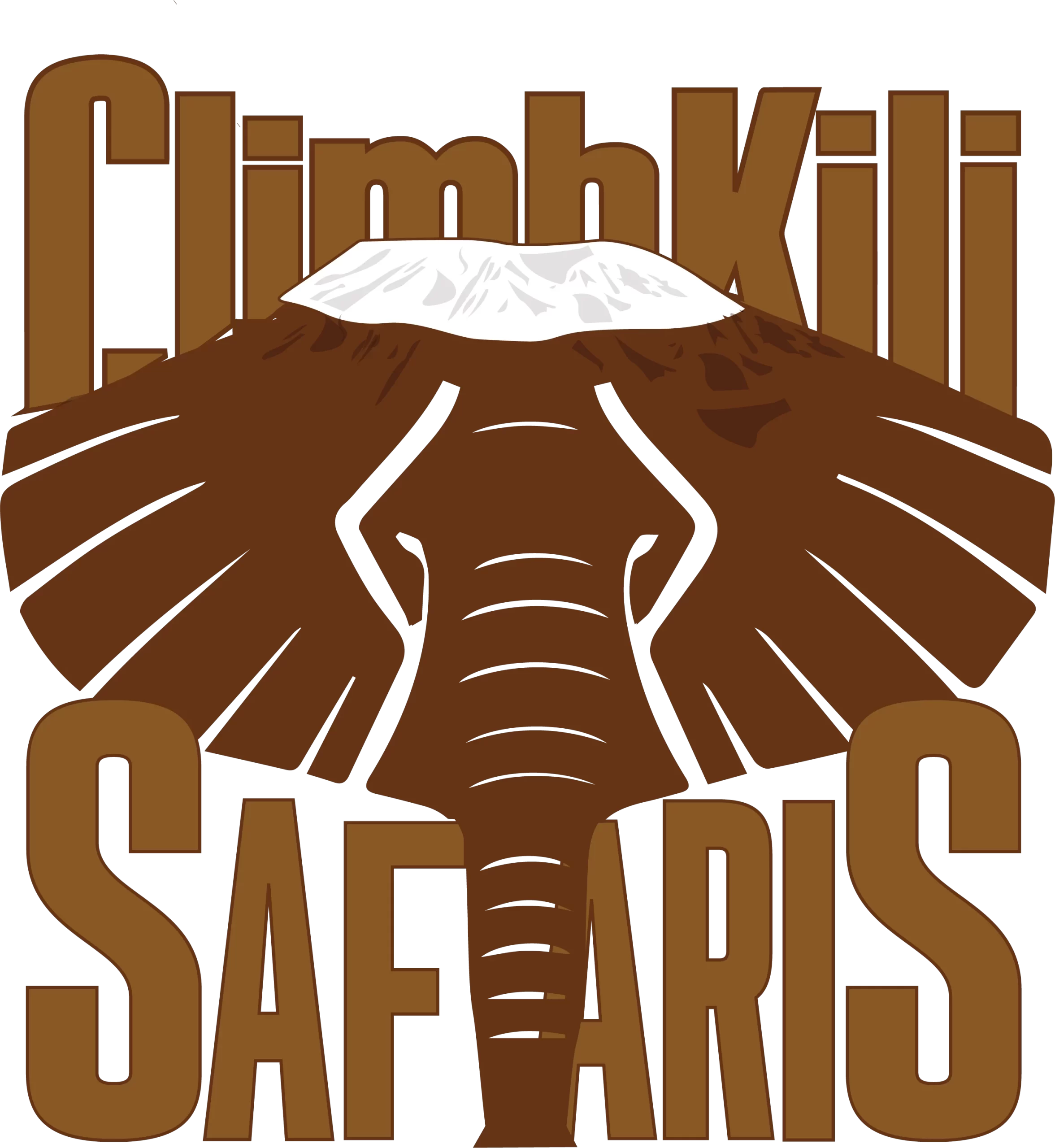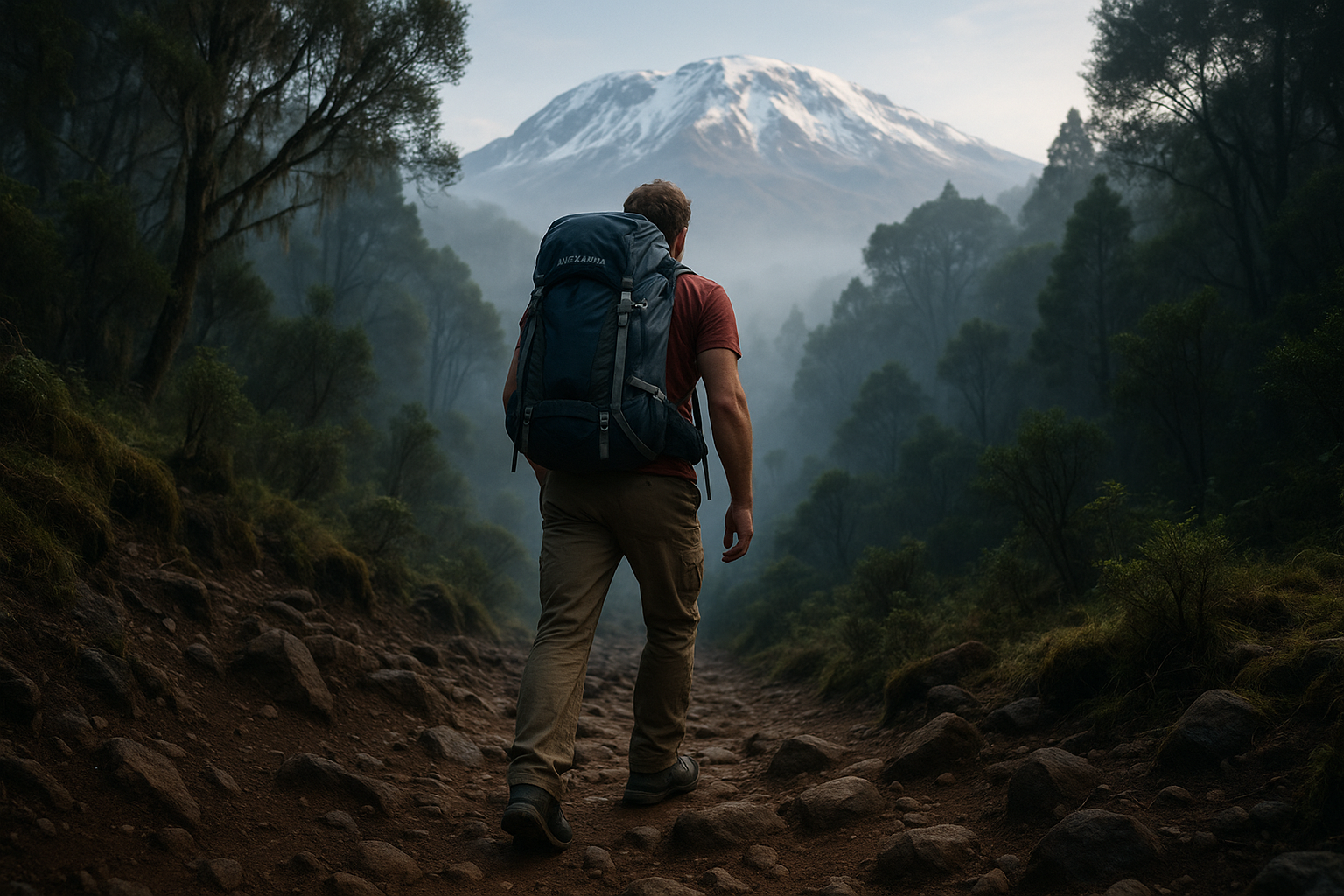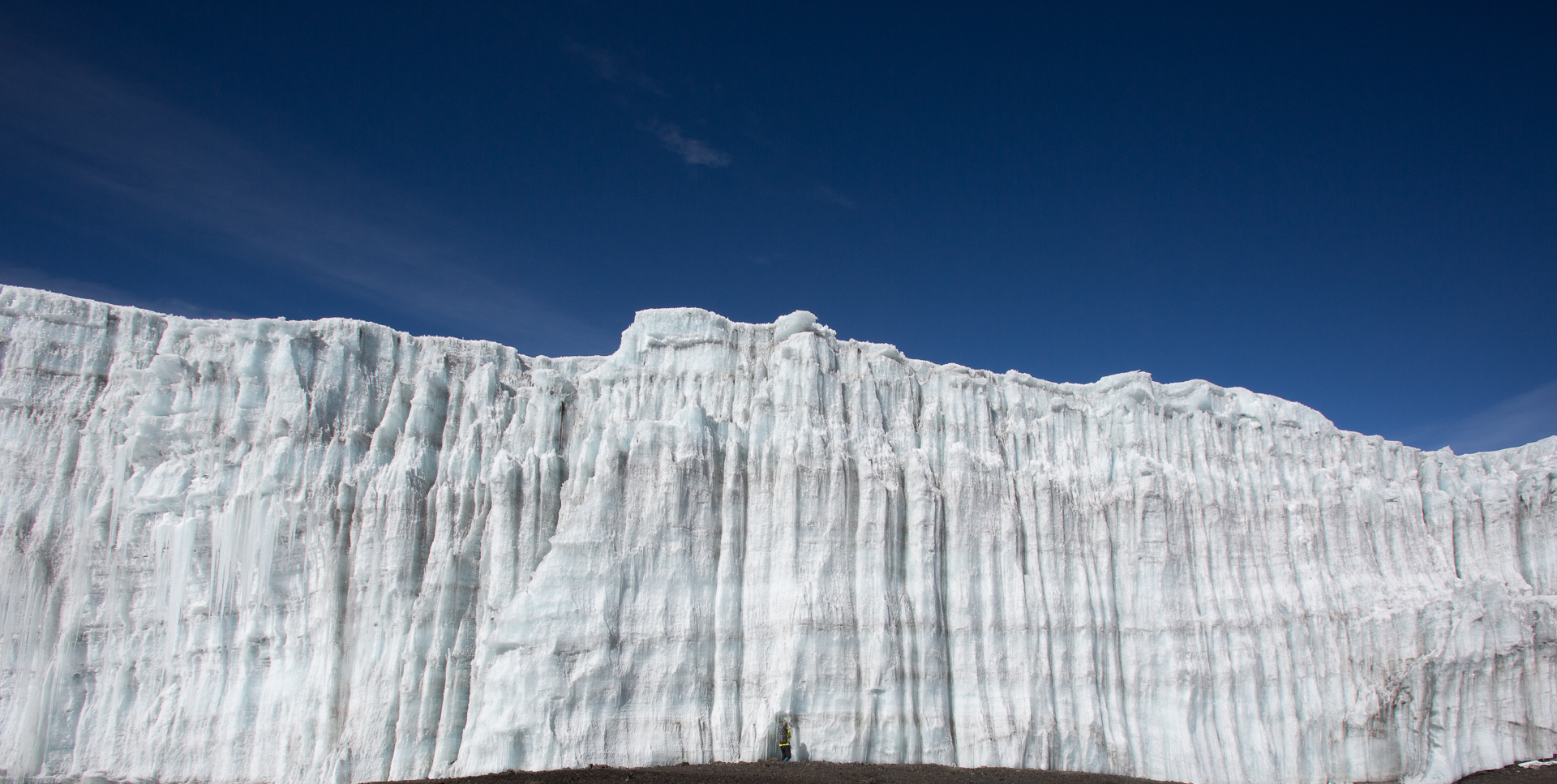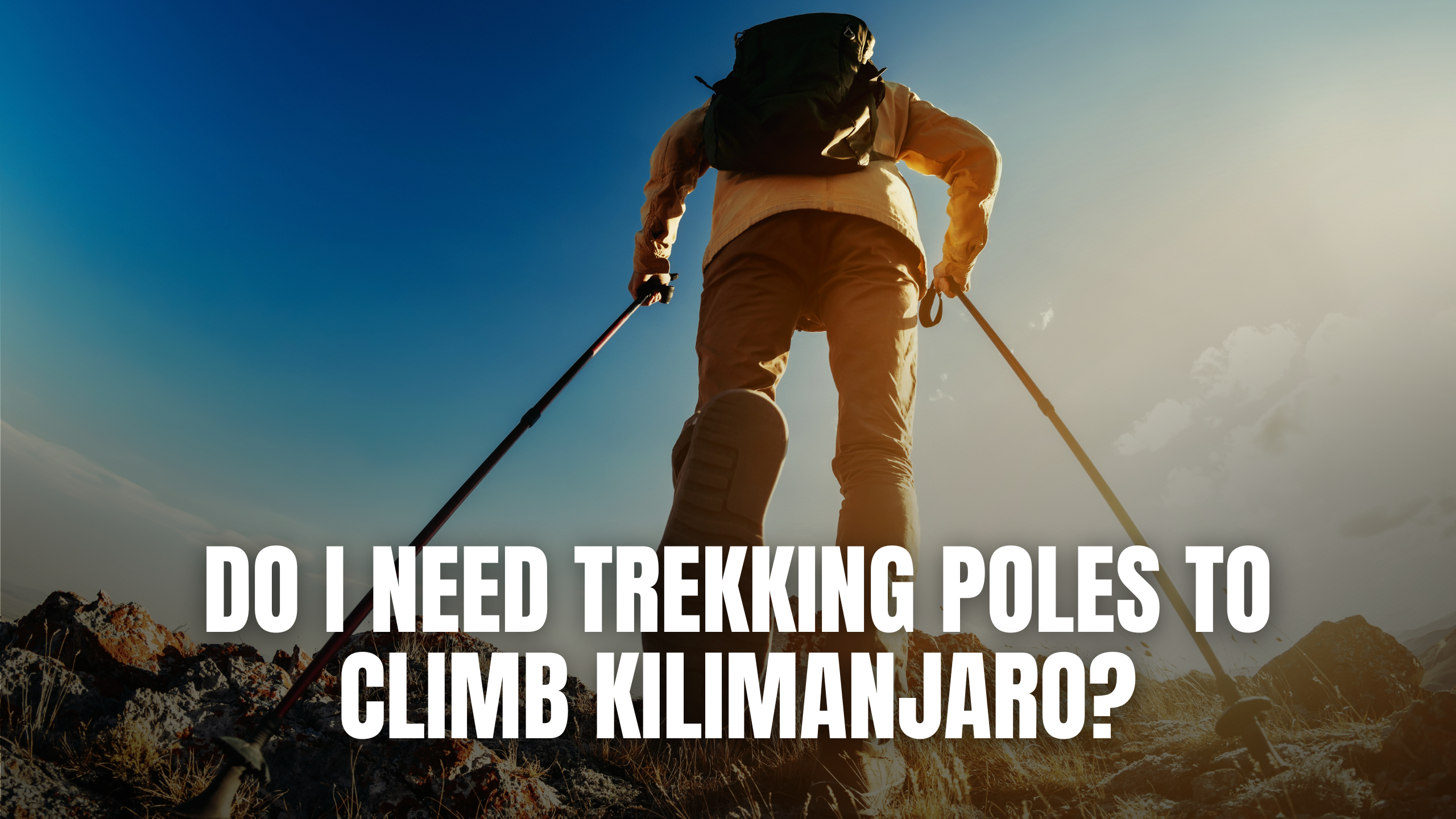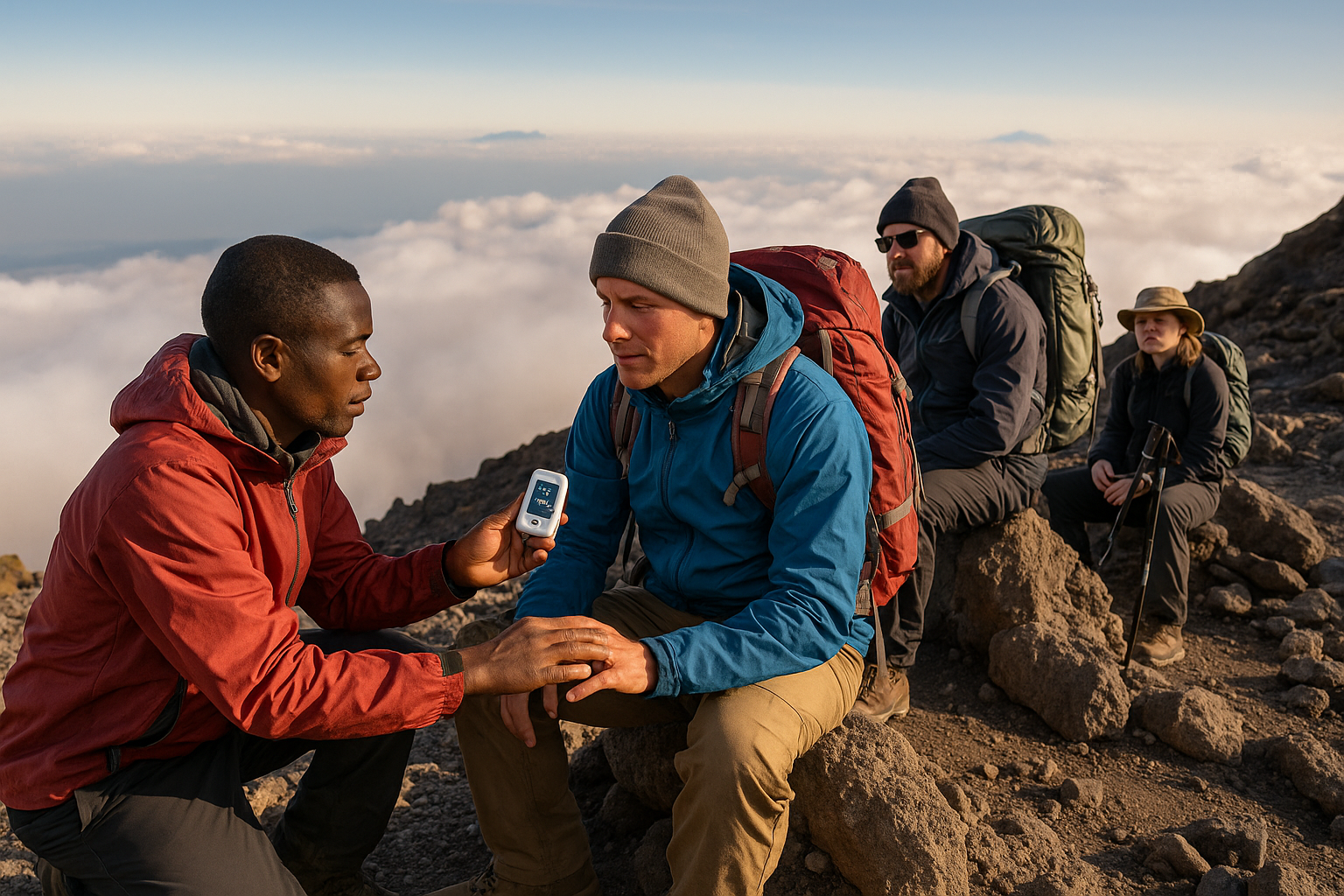Climbing Kilimanjaro is a life-changing goal—but it’s not one you want to tackle unprepared. While you don’t need to be an elite athlete to reach Uhuru Peak, you do need stamina, strength, and strategy. The secret? Smart endurance training.
Whether you’re hiking the 7-day Machame or the 8-day Lemosho route, building your body (and mind) for altitude, terrain, and long days on your feet will help you summit with strength and confidence. Here’s how to train for Kilimanjaro the smart way.
Why Training for Kilimanjaro Is Different
Mount Kilimanjaro isn’t a technical climb—there’s no rock climbing or ice axes involved. But don’t let that fool you.
You’ll be trekking 4–8 hours a day (longer on summit night), often uphill, and at altitudes over 12,000 feet. Training for Kilimanjaro means preparing for:
- Multi-day endurance
- Altitude adaptation
- Uneven terrain
- Cold weather fatigue
- Mental resilience
The more your training mimics these real conditions, the more likely you’ll enjoy the journey and reach the summit successfully.
🥾 Start with Long Hikes (3–4 Months Before Your Trek)
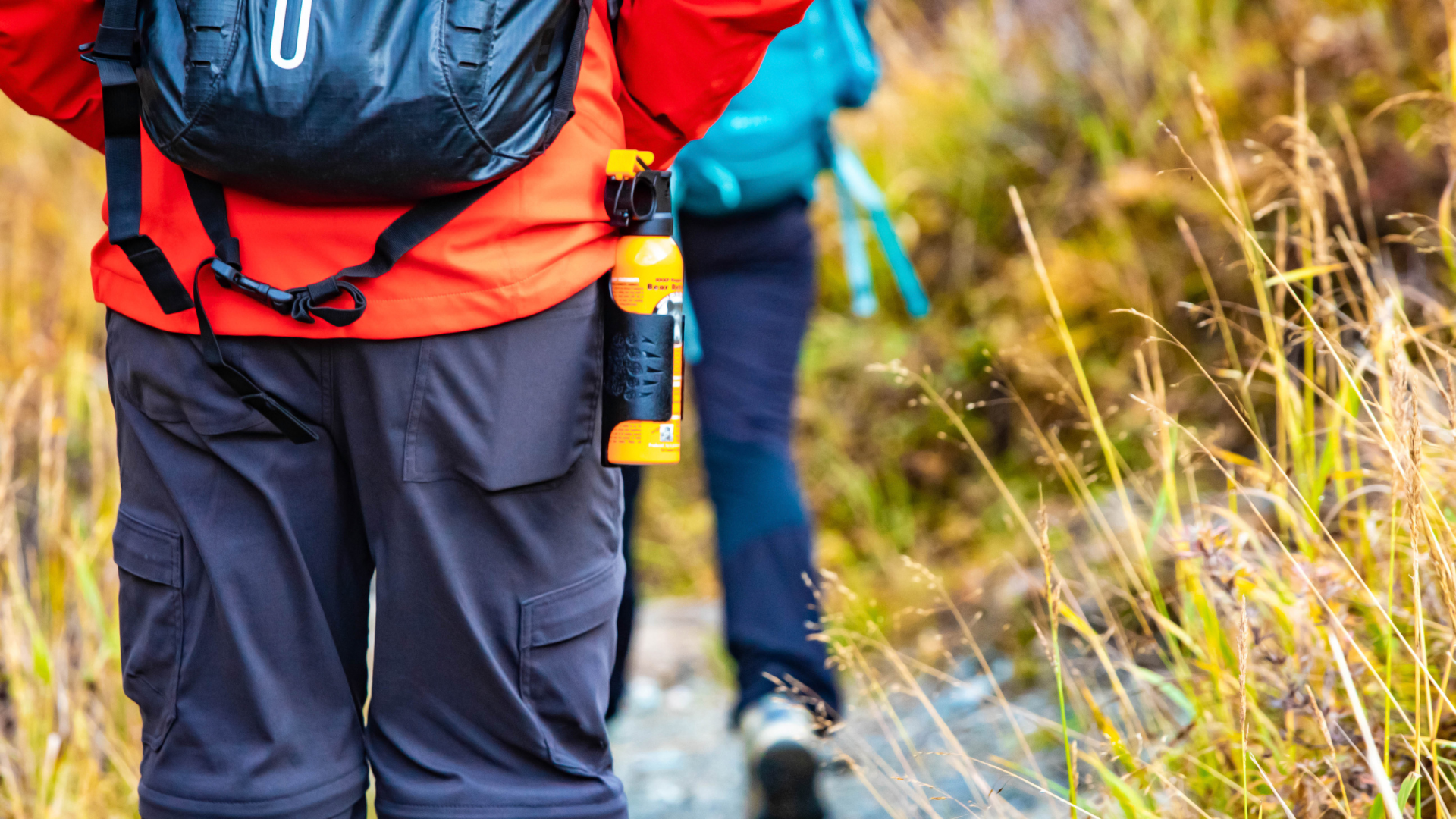
Endurance is everything. Begin your Kilimanjaro prep with weekly hikes, gradually increasing in distance, elevation gain, and pack weight.
Your Weekly Goal:
- Distance: 6–12 miles
- Elevation gain: 1,000–2,500 feet
- Frequency: 1–2 hikes per week
- Pack weight: 15–20 lbs
Look for trails with elevation gain, rocky paths, and switchbacks—anything that mimics Kilimanjaro’s terrain. If you don’t have hills nearby, incline treadmill walking is a great alternative.
👉Check out our full Kilimanjaro Packing List so you can train with realistic gear weight.
🧘 Build Core & Leg Strength

Strong legs carry you to the top. Focus on building strength and endurance in your lower body, hips, and core to prevent injury and fatigue on the mountain.
Best Exercises for Kilimanjaro:
- Step-ups with a weighted backpack
- Lunges (forward, side, and walking)
- Wall sits (hold for 60–90 seconds)
- Planks (core endurance)
- Glute bridges and calf raises
Aim for 2–3 strength sessions per week. Bodyweight is fine—focus on form and time under tension.
⛰️ Simulate Altitude When You Can
While it’s hard to replicate 19,341 feet at home, you can prepare your body for lower oxygen conditions.
- Train at altitude (if you live near mountains, take advantage)
- Practice slow breathing techniques (diaphragmatic breathing helps on summit night)
- Use a stairmaster or treadmill on incline for long, steady cardio
👉 Did You Know?
Climb Kili offers a high-camp strategy that includes Kosovo Camp for better acclimatization. This gives climbers an advantage during the final summit push!
💚 Mix in Cross-Training for Balance
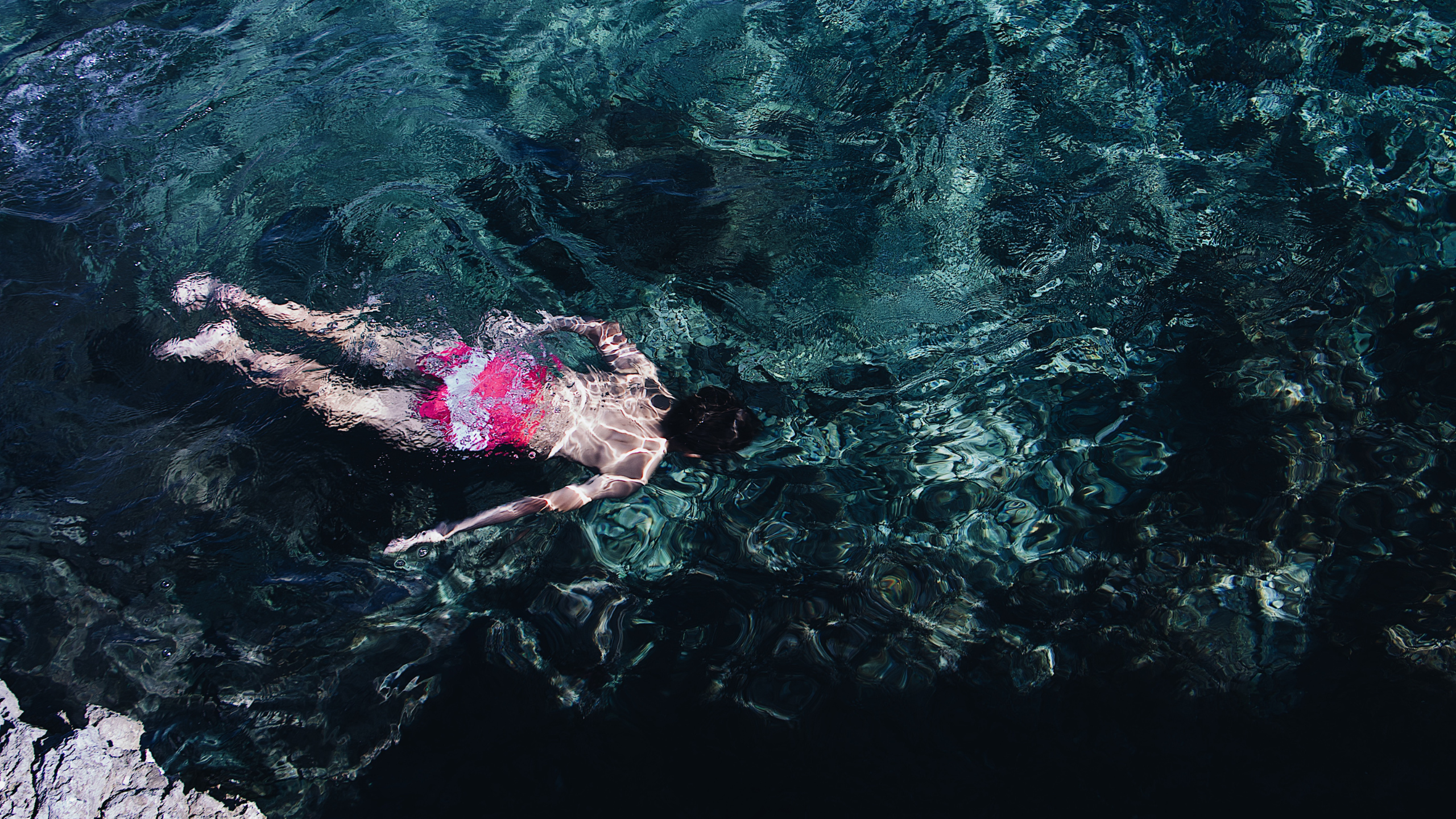
To avoid overuse injuries and stay motivated, mix up your workouts with:
- Swimming for joint-friendly cardio
- Cycling for leg strength and endurance
- Yoga or mobility work for flexibility and injury prevention
Cross-training adds variety to your routine and helps your whole body prepare for the demands of the mountain.
🛏️ Don’t Skip Recovery
Training smart includes rest. Your body needs time to adapt and build strength.
- Schedule at least 1–2 rest days a week.
- Prioritize 8 hours of sleep for recovery and altitude prep.
- Include gentle stretching and hydration after each workout.
🎯 Sample 6-Week Kilimanjaro Training Plan
| Week | Long Hike | Strength | Cross-Train | Rest Days |
|---|---|---|---|---|
| 1–2 | 4–6 miles | 2x/week | 1x/week | 2 days |
| 3–4 | 6–8 miles | 3x/week | 1–2x/week | 1–2 days |
| 5–6 | 8–10 miles | 3x/week | 2x/week | 1 day |
Gradually increase your hike time, distance, and pack weight each week. Include elevation gain whenever possible.
🧭 Bonus Tips: Train Your Mind, Too
Kilimanjaro is a mental challenge as much as a physical one. Prepare yourself to:
- Hike in cold, windy, or rainy weather
- Push through fatigue on summit night
- Stay calm and positive when the going gets tough
Practice mental stamina with long hikes in less-than-perfect conditions and visualization techniques.
FAQ: Kilimanjaro Training Questions
How long should I train before Kilimanjaro?
Start training 3–4 months before your trek for best results.
What if I live at sea level?
Many successful climbers train at sea level! Focus on cardio fitness, stair climbing, and slow hiking with a pack.
Should I train every day?
No—rest and recovery days are essential. Aim for 4–5 workout days per week with variety.
Is walking enough to train for Kilimanjaro?
Walking is a great start, but include elevation, strength training, and long hikes for a complete prep.
Why Train Smart with Climb Kili?
Climb Kili’s guided itineraries are already built for success. Our 8-day Lemosho and 7-day Machame treks include high-camp strategies, gradual acclimatization, and unmatched guide-to-climber ratios.
With our support—and your smart prep—you’ll be ready to conquer Africa’s highest peak safely and successfully.
